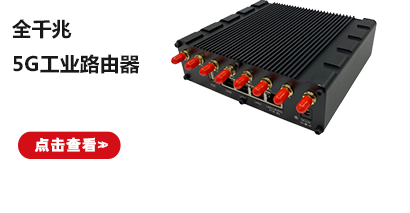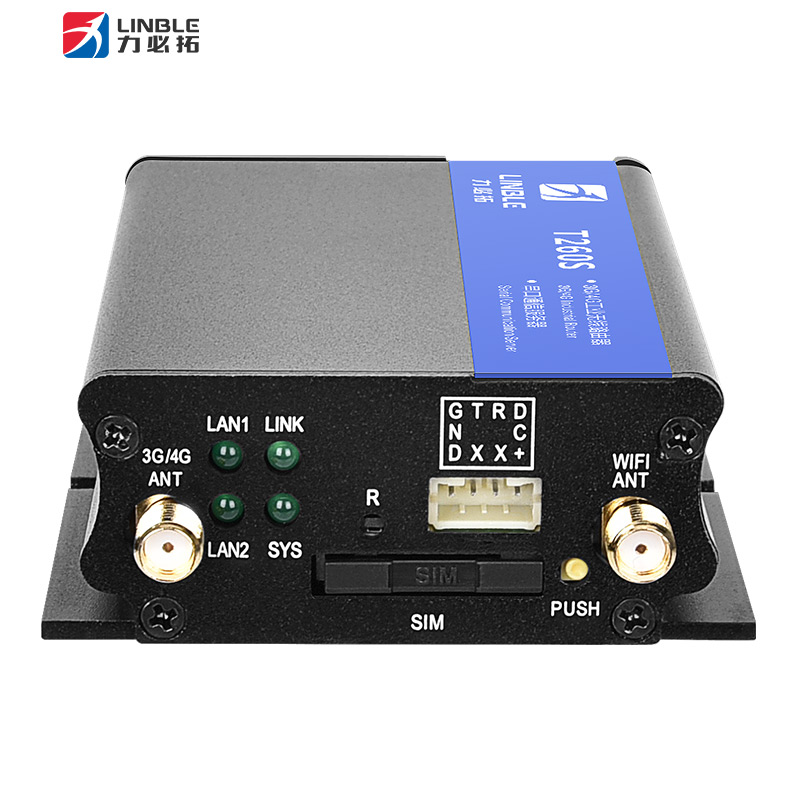Difference between industrial router and industrial switch
Now is the information age, with the progress of science and technology, Internet technology has become an indispensable part of people's lives. Computer networks are often interconnected by many different types of networks. If several computer networks are only physically connected and there is no communication between them, then this "interconnection" has no practical significance. Therefore, in general, when talking about "interconnection", it has implied that these interconnected computers can communicate, that is to say, from the functional logic point of view, these computer networks have formed this large computer network, or network communication technology, also can be referred to as the Internet technology, the Internet.

1. Differences between industrial routers and industrial switches
Industrial routers, also known as path pickers, are machines that connect at the network layer. It is more complex than a bridge and has greater coordination. Wireless routers have stronger heterogeneous network interconnection capabilities, including LAN and WAN connection objects. Wireless router has two typical functions, namely data channel function and manipulation function. The functions of data channel include forwarding decision, backplane forwarding and output link scheduling, which are generally completed by specific hardware. The manipulation is usually implemented by software, including data exchange, system setup, management information system and so on between adjacent wireless routers.
Industrial switch is a kind of network hardware device based on MAC identification, which can complete the function of packet encapsulation and forwarding. Today's switches are classified as Layer 2 switches, Layer 3 switches, or higher-level switches. Layer 3 switches can also have the routing function, but the forwarding rate is faster than that of low-end routers. Its main characteristics are: one route, multiple forwarding.
When the secondary system is a repeater, it is hardly called a network interconnect, since it is merely an extension of a network, so it is still a network. High - level gateway is seldom used because of its complexity. Therefore, the general discussion of network interconnection refers to the interconnection of the network through switches and industrial wireless routers. This paper mainly describes the switch and industrial wireless router and their differences.
(1) Industrial routers work at different levels
While the original switches worked at the OSI/RM open architecture link layer, or Layer 2, industrial wireless routers were originally designed to work at the OSI model network layer. Because switches work at OSI Layer 2 (link layer), they work in a simpler way, while industrial wireless routers work at OSI Layer 3 (network layer), where more protocol information can be obtained and industrial wireless routers can make smarter forwarding decisions.
(2) Data forwarding is based on different objects
The network switch uses the physical address or MAC address to determine the source address of the forwarding database. Industrial routers, on the other hand, use the ID numbers (IP addresses) of different networks to determine where to forward data. An IP address is a system address that describes the network on which the device resides. Sometimes this layer 3 address is called a protocol address or a network address. MAC addresses usually come with the hardware, are assigned by the network card manufacturer, and have been solidified into the network card, and are generally immutable. IP addresses are typically assigned by network engineers or systems.
(3) The traditional network switch can only divide the conflict domain, but not the broadcast domain; Industrial routers can split the broadcast domain
The network segments connected by the switch belong to the same broadcast domain. Broadcast data packets are transmitted on all network segments connected by the switch. In some cases, communication congestion and network security problems may occur. Network segments connected to industrial routers can be assigned to different broadcast domains, and broadcast data does not pass through industrial routers. Although Layer 3 and higher network switches have the VLAN function and can divide the broadcast domain, sub-broadcast domains cannot communicate with each other, and industrial routers are still required for communication between them.
(4) Industrial routers provide firewall services
Industrial routers only forward packets to specific addresses, and do not transmit packets that are not compatible with routing protocols or packets to unknown destination networks, thus preventing broadcast storms.
Network switches are generally used for LAN-WAN connections. Network switches belong to network Bridges and are devices at the data link layer. Some network switches can also implement Layer 3 switching. Industrial router is used for WAN-WAN intermediate connection, which can solve the intermediate forwarding classification of heterosexual network and act on the network layer. They simply accept input classifications from one line and forward them to another. The two lines may belong to different networks and use different protocols. Comparatively speaking, the function of industrial router is more powerful than that of network switch, but the speed is relatively slow and the price is relatively expensive. Layer 3 switch not only has the ability of network switch to forward the message at line speed, but also has the good control function of industrial router, so it can be used.
To sum up, network switches are generally used for LAN-WAN connection. Network switches belong to network Bridges and are devices at the data link layer. Some network switches can also implement Layer 3 switching. Industrial router is used for WAN - WAN intermediate connection, can solve the heterosexual network intermediate forwarding classification, acting on the network layer. They simply accept input classifications from one line and forward them to another. The two lines may belong to different networks and use different protocols. By comparison, industrial routers are more powerful than network switches.


